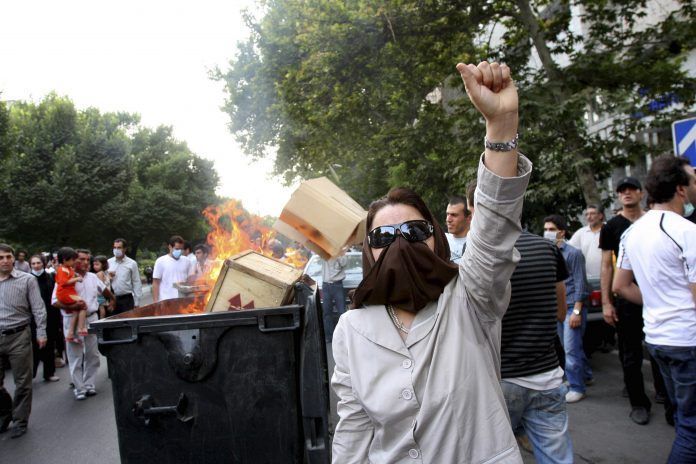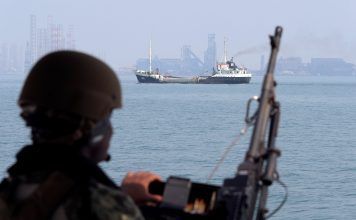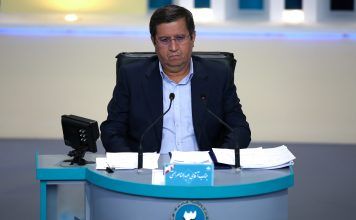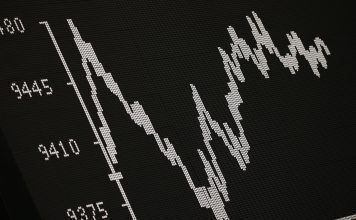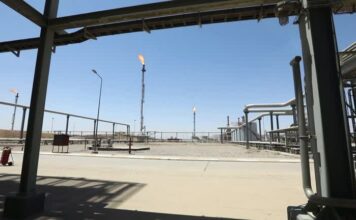By Kayhan Life Staff
Ahmad Tavakoli, a member of the Expediency Council, has said that 60 percent of Iranians live under the poverty line, and that 72 percent of the population is entitled to financial aid.
Tavakoli, a former Majlis (Iranian Parliament) deputy, made the comments at a gathering of the Union of Islamic Associations of Independent University Students in Tehran on March 8.
“Hunger and poverty are critical issues in Iran,” Tavakoli noted. “Some 60 percent of the population live under the poverty line. The Majlis approved [financial] aid to 60 million people. That is 72 percent of the country’s population.”
“The other issue is liquidity [cash supply], which is a source of serious concern for us. These bank deposits have accumulated between 200 to 300 percent interest in the past eight years,” Tavakoli noted. “There is also the matter of the public’s confidence in the state, which has not been as low as it is now in 40 years, and we should not fool ourselves about this.”
[aesop_image img=”https://kayhanlife.com/wp-content/uploads/2021/03/2021-01-24T085600Z_756875081_RC28EL9BWSVS_RTRMADP_3_HEALTH-CORONAVIRUS-IRAN-MOTORCYCLE-scaled.jpg” panorama=”off” credit=”People ride their motorbikes as vehicles drive along a street in center of Tehran, Iran. REUTERS./FILE PHOTO.” align=”center” lightbox=”on” captionsrc=”custom” captionposition=”left” revealfx=”off” overlay_revealfx=”off”]
While Iran is getting ready for another tightly supervised presidential election in June, protesters have poured into the streets all over the country demanding their fundamental rights.
During the recent protests, many people shouted “I will never vote again,” “death to the dishonest government,” and “we made the mistake of bringing about the revolution,” which was heard for the first time during a protest in the streets of Isfahan, the capital of the central province of Isfahan, in the fall of 2017. Since then, it has been clamored by members of various unions in protests.
Tavakoli warned the government that there could be more street riots if it did not help Iranian society’s poor and disadvantaged populations.
SPECIAL REPORT- Iran’s Leader Ordered Crackdown on Unrest: “Do Whatever It Takes to End It”
New Database Tracks Iran’s Human Rights Violations Since 1979
Iran’s 2019 Protests Investigated by International Tribunal, Testimonies Pour In
“People do not protest if they deem the state capable, wise, and benevolent, which validates its legitimacy. Therefore, people must view the state as strong, prudent, and compassionate before they abide by its decisions and rules,” Tavakoli explained. “Before the events of November [2019 protests], I called [on the government] to provide ‘smart cards’ and ‘health and food packages’ to the public, to meet their needs.”
“We took similar measures right after the [1979] revolution when we contemplated giving people coupons,” Tavakoli noted. “I have recommended the same steps to address the current situation and have warned that failure to take action could spark riots by the poor and the disadvantaged. I believe the danger is greater now and has only been averted by the coronavirus [epidemic].”
“The state must abandon some of its fundamental rules and principles to help the public, given the situation has deteriorated for many people significantly,” Tavakoli argued. “I am afraid that something that should not happen will happen if the state fails to address the situation.”
According to a recent report by the Statistical Center of Iran, the urban and rural households’ inflation rate were respectively 36.2 percent and 37.7 percent in the year ending in March.
Mojtaba Yousefi, a member of the Majlis development committee, recently said: “The high cost of fruits, vegetables, water supply, and electricity has exasperated the situation for the public, which has been under much pressure by the coronavirus pandemic. People earn their salaries and wages in the rial, but they have to spend it as if they were paid in dollars.”
[aesop_image img=”https://kayhanlife.com/wp-content/uploads/2019/01/2011-08-29T120000Z_2069798846_GM1E78U019U01_RTRMADP_3_IRAN.jpg” panorama=”off” credit=”FILE PHOTO: A worker counts his money as he sits on a pushcart at the historic Tabriz market, 633 km (393 miles) northwest of Tehran. REUTERS./” align=”center” lightbox=”on” captionsrc=”custom” captionposition=”left” revealfx=”off” overlay_revealfx=”off”]
[aesop_image img=”https://kayhanlife.com/wp-content/uploads/2019/02/2008-03-06T120000Z_262390218_GM1E4361OYC01_RTRMADP_3_IRAN-ELECTION-ECONOMY.jpg” panorama=”off” credit=”FILE PHOTO: A woman looks at meat displayed in a butcher’s shop in Islamshahr, 50km (31 miles) southwest of Tehran, Iran. ” align=”center” lightbox=”on” captionsrc=”custom” captionposition=”left” revealfx=”off” overlay_revealfx=”off”]
“The government is directly responsible for the high cost of goods and products,” Mr. Yousefi, who is a Majlis deputy representing Ahvaz, Bavi, Hamidiyeh and Karun electoral district, in the southern province of Khuzestan, noted: “The government has downplayed its supervisory role by blaming traders and dealers for the shortage of food products. However, we cannot blame any reseller for the high cost of water and electricity supply which the government sets directly.”
People from all walks of life, including but not limited to workers, teachers, and retirees, held nationwide protests over their salaries, wages, pensions, and living conditions throughout 2020. Frequently, police and security forces cracked down and brutalized the protesters.
On April 4, pensioners and social security recipients held protests in front of the State Welfare Organization (SWO) offices in Tehran and 15 other Iranian cities over their low monthly payments and living conditions. They called on the government to enforce the existing law requiring pensions and social security payments to be adjusted according to the rate of inflation and the cost-of-living index.

